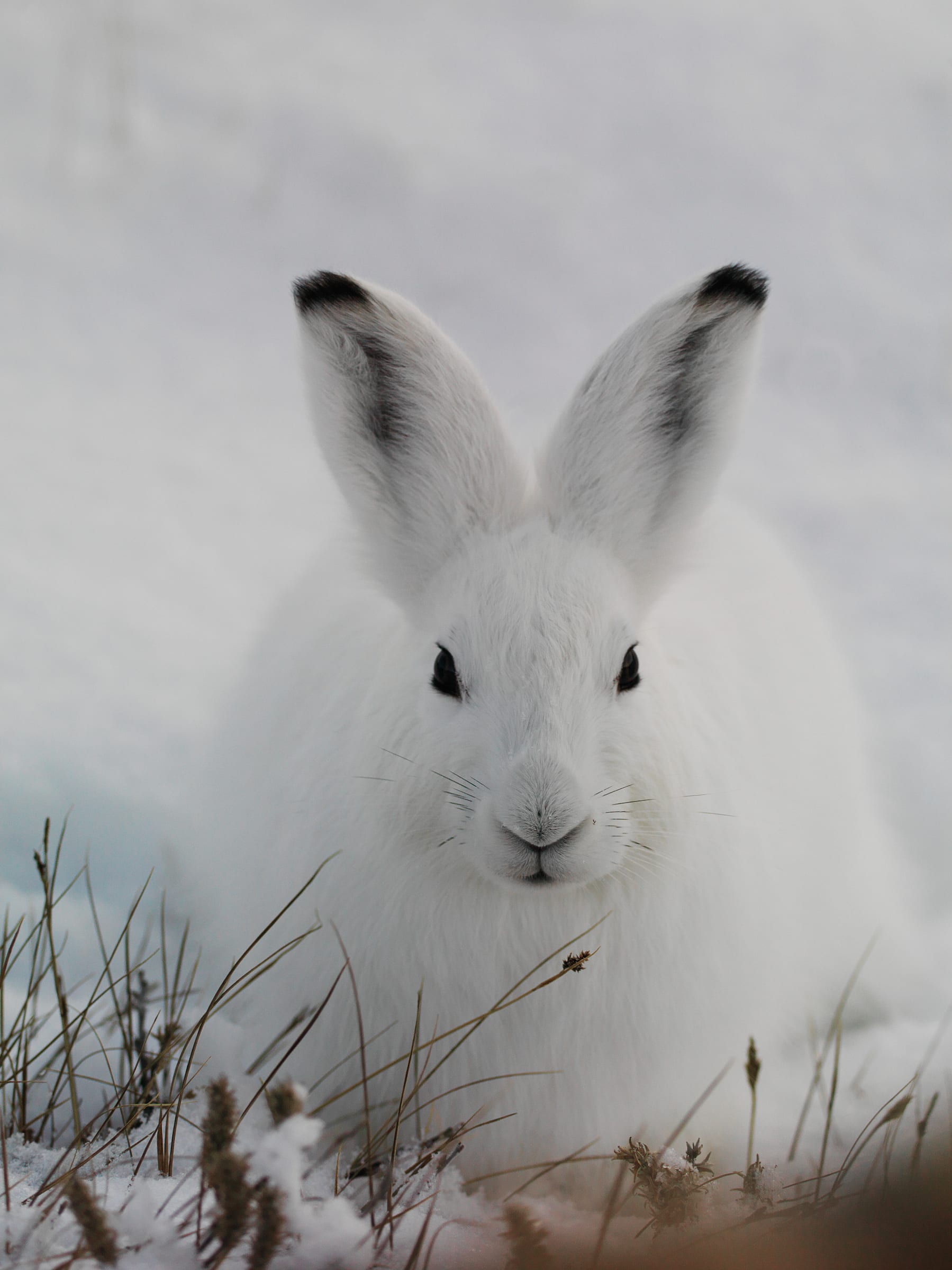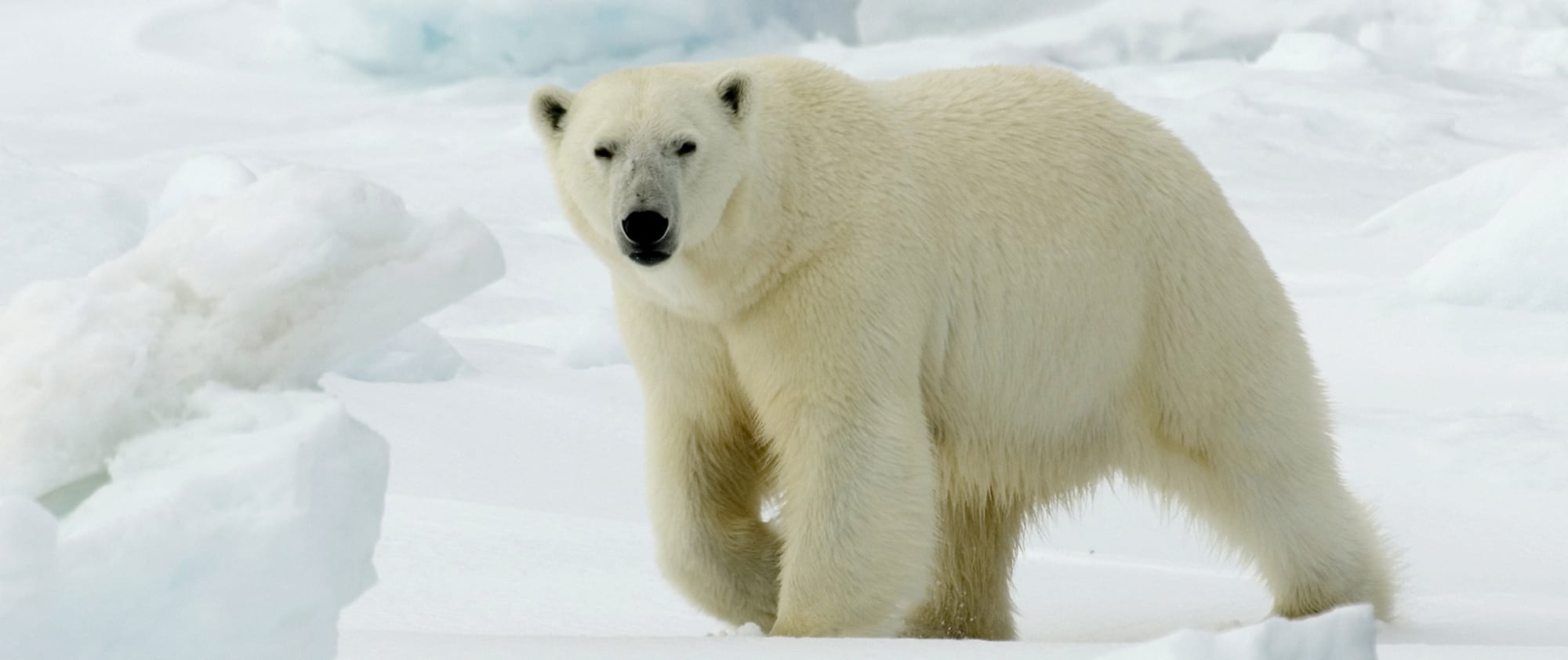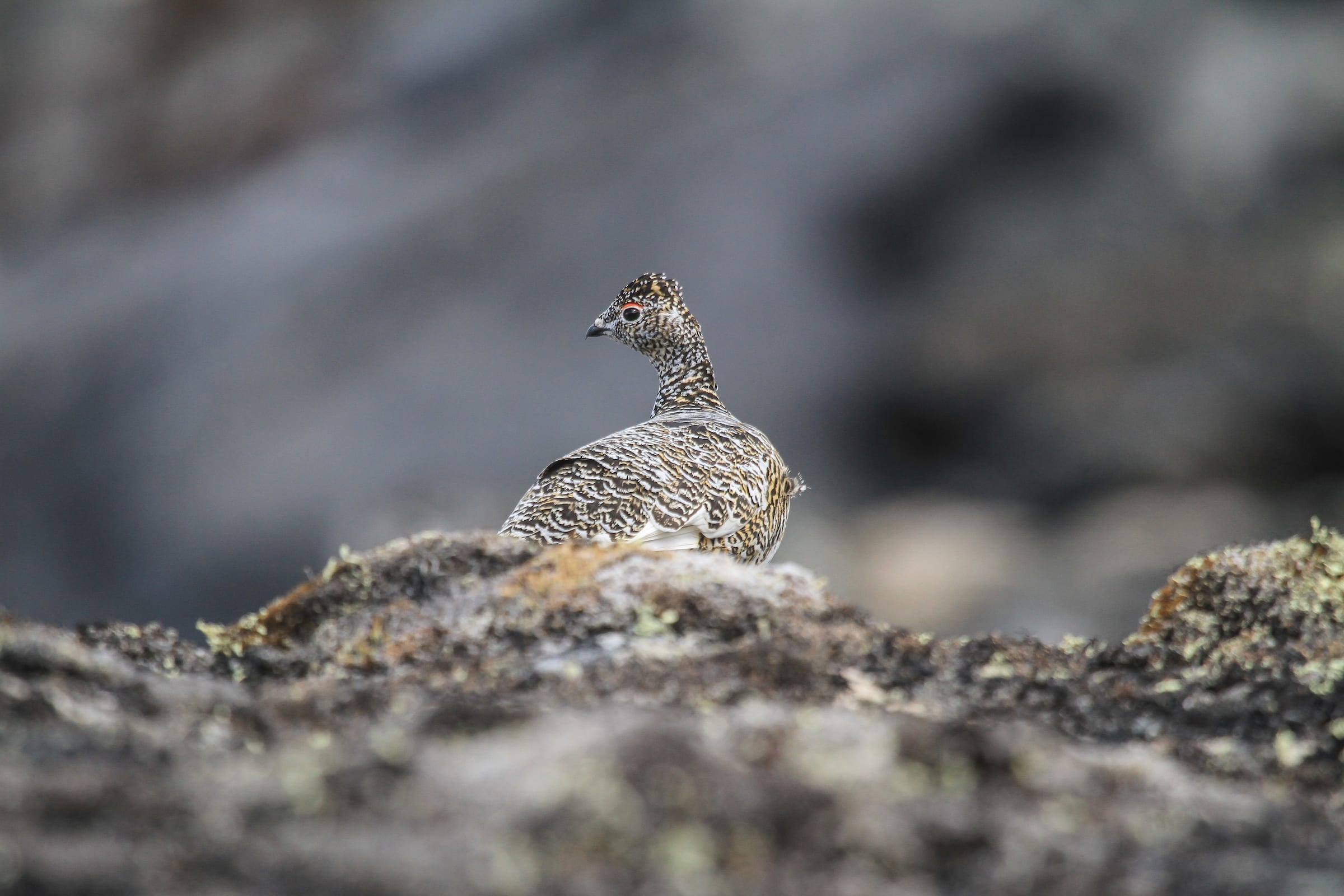The Arctic Fox is a small, cunning guy, and it is widespread throughout Greenland. In some areas, you may even be lucky enough to see them up close, as they can be incredibly trusting. They have been seen very close to houses and, in some cases, they have even invited themselves in. This has not always been appreciated by the hosts. At Glacier Camp Eqi, they are almost daily guests near the cabins and the restaurant.
The Arctic foxes have small, handsome faces and large personalities. There is two subspecies, the blue, and the white Arctic fox, which are both widespread in Greenland.
The fox that doesn’t hibernate
The scientific name of the polar fox is Vulpes Lagopus. It is called Terianniaq in Greenlandic. In Greenland, you can find two subspecies. One living in the white tundra landscape and the inland mountains. The other one lives near the coast in the ice-free areas.
The arctic fox does not hibernate in winter as it has a very warm winter coat. It can survive frost degrees down to negative 80 degrees Celcius (-112 degrees Fahrenheit). It is only during blizzards that the polar fox seeks shelter in snow caves.
If an Arctic fox encounters a polar bear on its long walks across the ice, the little fellow will try to follow the big animal. The fox will try to steal the remains after the polar bear has caught its prey. After all, it’s a simple way for the small fox to get a free meal.
Is the polar fox threatened?
No, it is not, but it is protected and cannot be hunted. This shows in their behavior as they can be very curious, sometimes to an extend that they might come very close to houses and people. In general, the Arctic fox is a wise and friendly animal that is good at adapting to different situations and living conditions.

The Arctic Hare
The white bunny with sunglasses and snowshoes. An arctic hare is beautiful with its white, fluffy winterfur to keep it warm in the cold arctic weather.
Read story
The polar bear
The polar bear is the largest bear in the world. Their fur gets its white color from hollow hair which is completely transparent. It keeps them warm and dry in the cold Arctic weather.
Read story
The birds of Greenland
Greenland is home to large majestic birds such as eagles, but also smaller birds like sparrows. A very impressive sight is the large breeding grounds of the birds on the coasts of Greenland.
Read storyThe summer and winter fur of the Arctic Fox
There are two subspecies of Arctic fox and they change fur color at the transition from winter to summer. During the summer, they both have a gray-brown coat. The white fox has white shades in its fur on the abdomen, neck, and face, while the blue fox has the same gray-brown coat color throughout.
During the winter season, the white fox has a beautiful, white coat, while its darker cousin has a dark gray-blue coat which gives it a very special look.
The blue Arctic fox lives on the ice-free coasts, while the white Arctic fox lives on the tundra and inland mountains, where they are both camouflaged by their surroundings.
Read more about winter and summer season in Greenland.
How old does the Arctic fox get?
They can usually live to be 3-4 years old, but some individuals have grown significantly older. The size of the foxes can vary from 75 to 100 cm, and they usually weigh between 3 to 8 kilos.
The arctic fox can move over large distances and can have large territories, depending on how much food they have access to in that area.